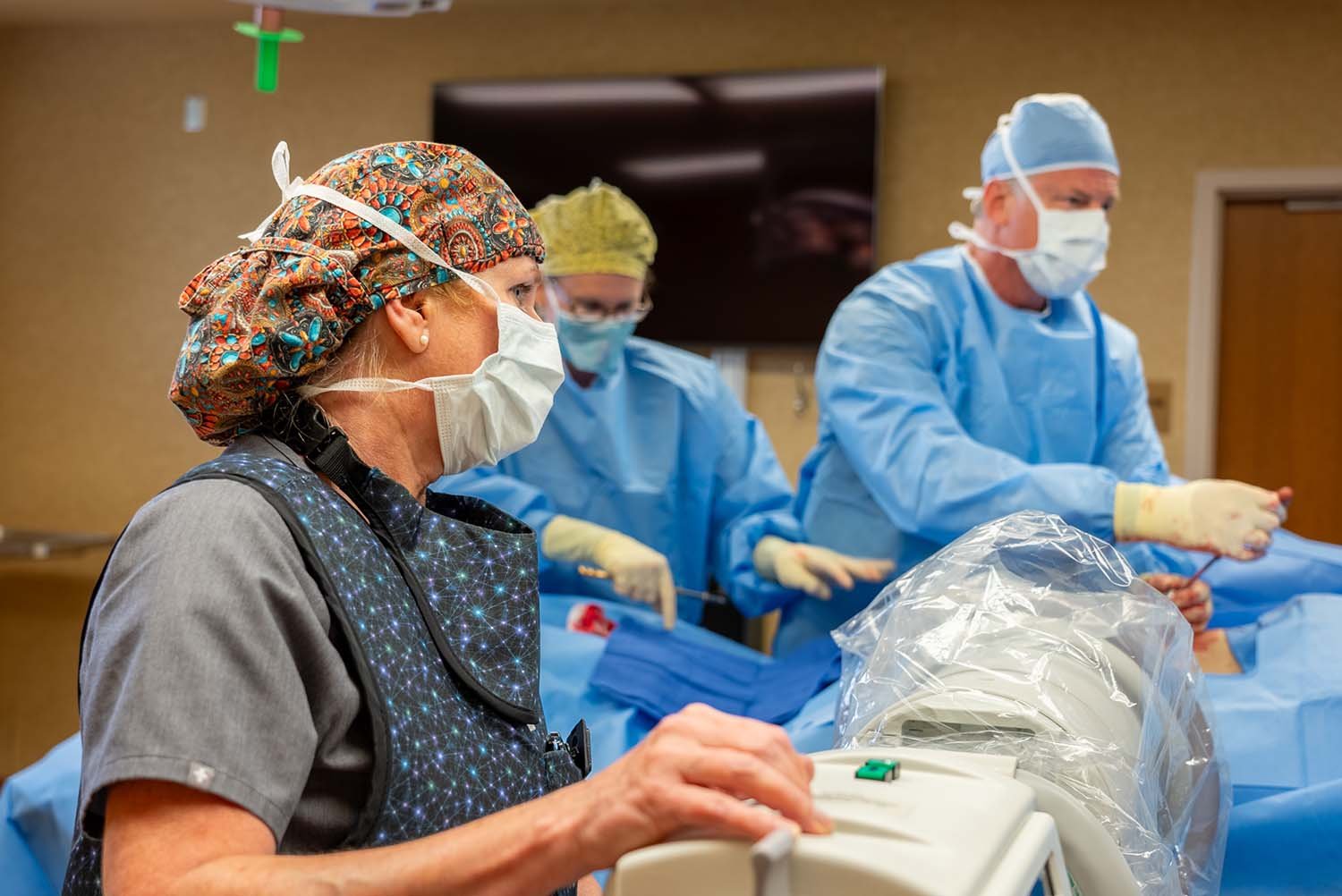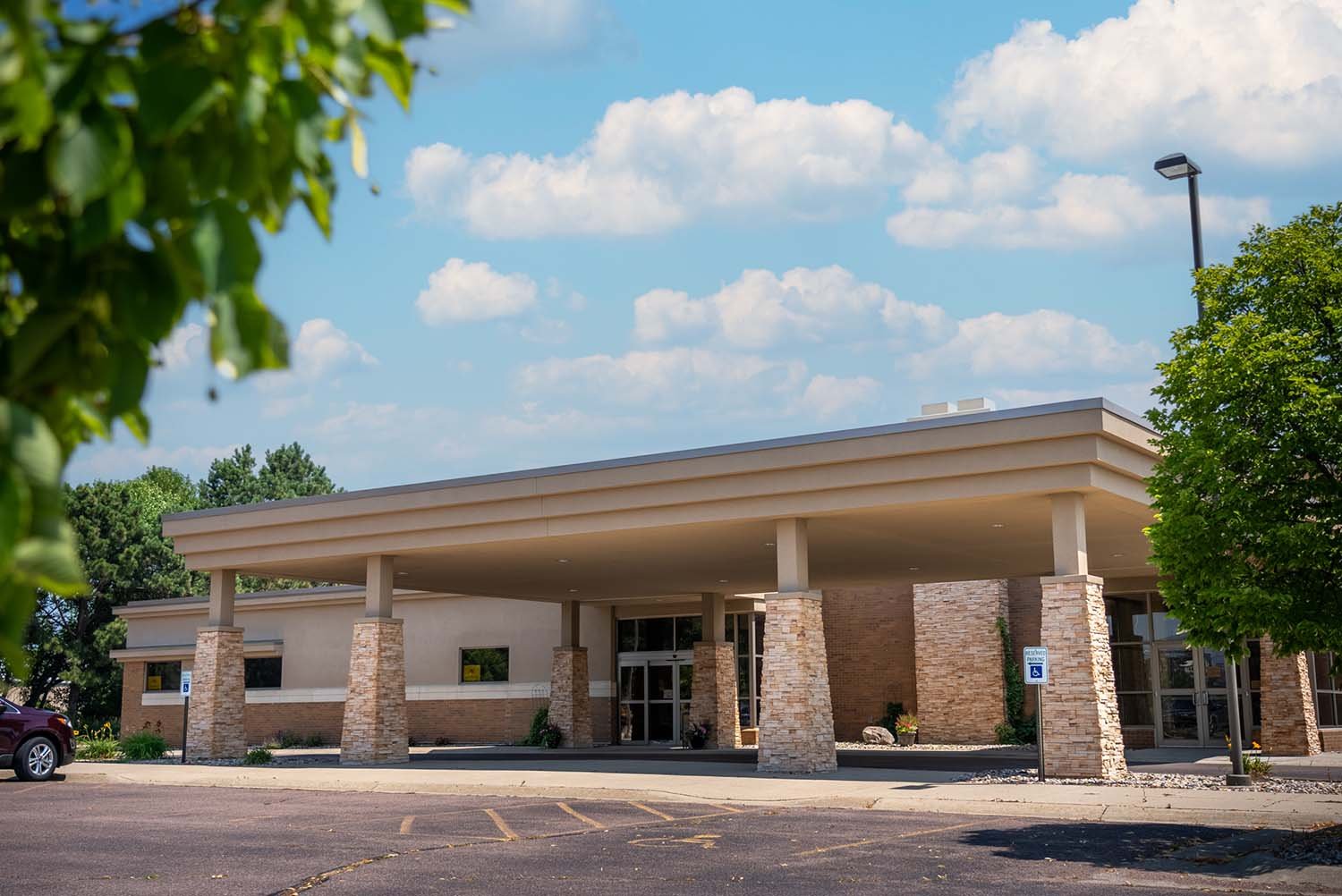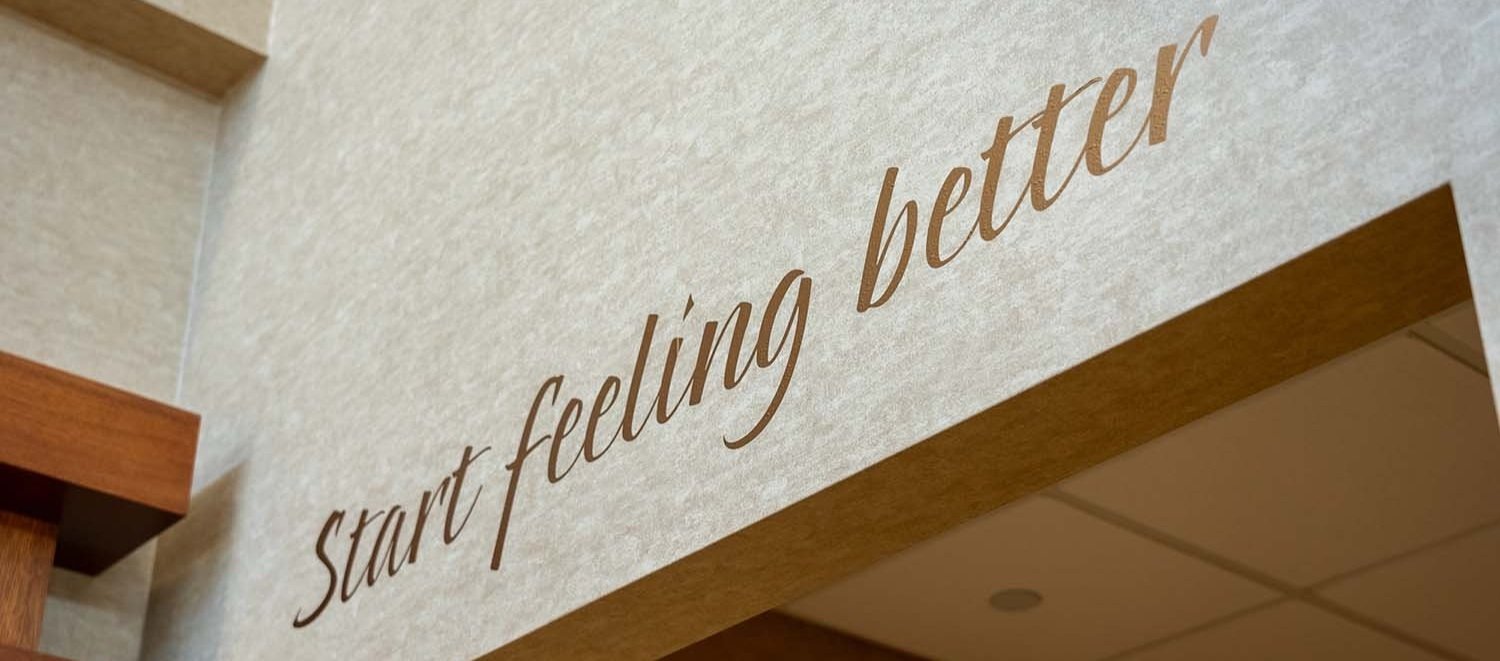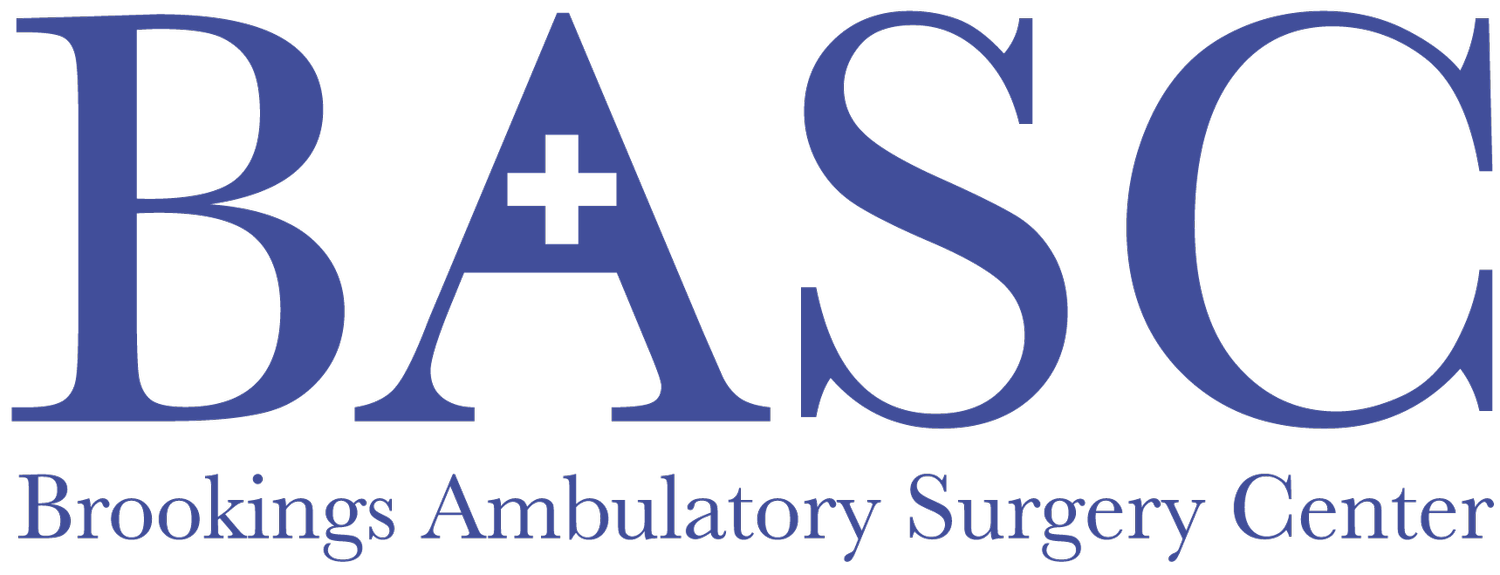
Pain Management Treatments in
The Greater Sioux Falls Area
Minimally invasive treatments to alleviate your pain and get you back to living the life you deserve.
Eastern SD Pain Treatment Services
Spinal Stenosis Treatment: Minimally Invasive Ligamentous Decompression (MILD)
Spinal Stenosis Treatment: Stabi-link
Chronic Pain Treatment: Steroid Injections
Chronic Pain Treatment: Radio Frequency Neuroablation
Chronic Pain Treatment: BVN (Basi-vertebral Nerve Ablation)
Your search for a pain management clinic in Sioux Falls ends here. We offer state-of-the-art treatments that have helped thousands of patients to live without pain, for good.
Spinal Stenosis Treatment in The Greater Sioux Falls Area
Minimally Invasive Ligamentous Decompression (MILD)
For many years, spinal stenosis, a condition characterized by the narrowing of the spinal canal, was deemed virtually untreatable.
This debilitating ailment often presents as a progressive inability to walk any distance without needing to sit down to alleviate intensifying back pain.
The landscape of spinal stenosis treatment, however, has been revolutionized by the introduction of the MILD procedure, or Minimally Invasive Ligamentous Decompression. This innovative technique involves the removal of a small portion of ligamentous material to create additional space for the spinal cord. This added space alleviates pressure on the spinal cord, allowing it to receive the necessary blood flow for proper functioning and pain mitigation.
The MILD procedure, performed under local anaesthesia and sedation, can be offered to patients across a broad spectrum of ages and degrees of disability.
Its impact is often transformative, making the difference between a life confined to a wheelchair and one where mobility is once again possible.
In this context, the MILD procedure emerges as a beacon of hope for those diagnosed with a condition that was previously considered a life sentence. Its potential to restore mobility and improve quality of life is truly a godsend in the field of spinal stenosis treatment.
Stabi-link
Patients frequently find they can walk further in a grocery store due to the specific mechanics of leaning on a shopping cart, a phenomenon often referred to as the "grocery cart sign", indicating that individuals suffering from spinal stenosis often find relief when leaning slightly forward.
This observation led researchers and inventors of the past to attempt to alleviate these symptoms by artificially 'tipping' the patient's spine forward. Following this logic, the Stabi-link procedure involves the insertion of a metallic device to widen or distract the spinal processes—parts of the backbone that can be felt behind the spine.
Although previous devices like the X-stop have been replaced by the Verti-flex, Minutemen and Stabi-link, the underlying principle remains the same: these devices are wedged between two spinal processes to tilt the backbones forward, which is hoped to improve blood flow to the spinal cord and reduce walking-induced pain.
Performed under sterile conditions, these permanent devices can be implanted under sedation with local anesthesia, allowing patients to return home the same day of surgery.
If you’ve been living with Spinal Stenosis, one of these options could be the key to your pain-free future. Call us today to book your consultation in Brookings, SD, or to arrange a video call.

Visit us today and start your journey to living pain-free
Steroid Injection
Steroid injections have long served as the workhorse of pain clinics worldwide. As some of the most potent anti-inflammatory drugs, steroids often transform a patient's agony into comfort with just one or two injections. The doctors at BASC have decades of experience with X-ray-guided steroid injections, which have been our first line of attack against pain for many years. These were our primary tools for helping patients in pain before the advent of exciting new technologies. Fortunately, patients who don’t respond well to fluoroscopically guided steroid injections now have even more advanced options at their disposal.
Radio Frequency Neuroablation
Radio frequency neuroablation is a technique that uses a heat-conducting needle to "burn" a nerve to death, thereby ending its ability to transmit pain signals. Initially used for axial, non-radiating back pain, it is now a secondary treatment for back, neck, thoracic, knee, and even shoulder pain, with potential applications for hip pain on the horizon. Performed under local anesthesia, this cauterization technique creates a 90-second round burn lesion that can incapacitate a nerve's pain-transmitting capabilities for a year or more. Thanks to improved software and needles, the success rates of this procedure are impressive, making it a mainstay treatment in the battle against pain.
Kyphoplasty
When a long bone in your arm or leg is broken, it can be set and heal to be as good as new. A backbone, however, breaks more like stepping on a soda can and may never fully recover. This condition often causes pain and can lead to further vertebral fractures. Doctors have previously been guilty of "letting them heal," but new research shows that they should be repaired—even in patients who aren't in severe pain—because of the risk of future fractures. Kyphoplasty is a special surgery that repairs the damaged bone with medical cement. Patients often experience immediate relief and are simultaneously protected from future fractures. Performed under local anesthesia with sedation, patients can return home the same day of the surgery, with no restrictions.
Spinal Cord Stimulation (SCS)
Spinal cord stimulation and dorsal root ganglion stimulation are medical marvels primarily used as last-resort therapies. They utilize electrical stimulation to confound the nerves of the spinal cord, preventing the effective transmission of pain messages from the body to the brain. With a success rate around 60%, they represent one of the last hopes for patients who have exhausted all other options. The hardware includes transmitting wires that lie against the spinal cord or major spinal nerves and a battery to supply the power. Performed under local anesthesia with sedation, patients can return home the same day of the surgery, with no restrictions.

I would like to personally thank the Brookings Ambulatory Clinic and Dr. Fisher. for my recent back surgery success…I recommend this location to anyone for their medical needs.
– Christopher McElroy
ablation
Chronic pain treatment in The Greater Sioux Falls Area
BVN (Basi-vertebral Nerve Ablation) proceedure
Releivant, the inventors of Vertebral Nerve Ablation, deserve credit for not only creating a new weapon against chronic pain but also for reshaping our understanding of pain. Anterior column pain is often most severe when patients lean forward—perhaps while washing dishes or standing up from a chair. Previously, doctors attributed this condition to the painful flattening of the back's disc "shock absorbers."
Releivant researchers noted that these thin discs were often flanked by two backbones exhibiting aggressive degeneration on MRI scans, known as Modic changes. They theorized that if a disc becomes too flat, the bones may touch and trigger a painful inflammatory response within the bones themselves.
To address this, they invented equipment to burn the vertebral nerve, which carries pain messages from the backbones to the spinal cord and, eventually, to the brain. Burning the two nerves above and below a flattened disc with this system can permanently halt this pain. This ingenious technique allows us to alleviate pain from Modic bone changes, a problem we had previously been unable to control for our patients.
Sacroiliac Joint Pain Treatment (SIJ)
For over half a century, medical doctors and chiropractors have been grappling with the challenge of sacroiliac joint (SIJ) pain. This discomfort, often emanating from the largest joint in the lower back, accounts for a significant amount of lower back pain. It typically radiates to the hip or groin area but does not extend down the leg.
Over the years, healthcare professionals have developed various treatments for this condition, including steroid injections and radiofrequency ablation technologies. These approaches have provided relief for millions of people but have fallen short of providing a definitive solution.
Enter the new SIJ Fusion system from Genysis Technologies.
This promising innovation has the potential to revolutionize the way we address SIJ pain. The procedure is performed under sedation and local anesthesia, taking approximately 30 minutes to complete.
SIJ Fusion System
This innovative solution to SIJ pain has shown an impressive success rate and may very well represent the long-awaited breakthrough in our battle against SIJ pain.
During the procedure, the doctor creates a rectangular opening in the joint between the sacrum, or tailbone, and the ilium, which forms part of the hip girdle. This opening allows for the removal of the cartilage and some bone. A rectangular plug, constructed from compressed cadaver bone, is then tapped into the opening, effectively locking the bones of the joint together.
In time, the patient's body will grow new bone, and the joint should become immobile. Given that a healthy SIJ moves minimally, most patients do not notice any significant decrease in mobility.
Interestingly, since the sacrum spans the midline of the body, patients experiencing SIJ pain on both sides often only require stabilization on one side. If you’d like to discuss the possibilities, call us.
Endoscopic Spinal disorder treatment
Full Endoscopic Spine Surgery (FESS)
Full Endoscopic Spine Surgery (FESS) is the crown jewel of all spinal surgeries, representing a triumph of modern technology. Much like how shoulder, knee, and hip surgeries have been revolutionized by the endoscope, spine surgery is set to follow suit.
BASC is proud to be the first in our region to offer this cutting-edge technique, facilitated by Richard Wolf endoscopy equipment imported from Germany.
FESS provides a plethora of benefits, including faster recovery times, a minuscule incision, no overnight hospital stays, minimal post-op downtime, and often no need for general anesthesia.
Despite being popular in Germany and Japan, it has been slow to gain traction in the United States, but the benefits are undeniable. We are honored to offer this future-forward approach to both interventional pain procedures and spinal surgeries to the people of South Dakota.
By allowing doctors to visualize the inside of the patient at the site of the problem through magnified optics and precision-engineered German instruments, FESS enables the removal of offending tissue with minimal trauma to the surrounding areas.
This less invasive approach accelerates recovery and reduces the potential need for future spinal surgeries. Procedures are performed under pressurized saline infused with antibiotics and adrenaline, which minimizes both bleeding and the risk of infection.
If you’ve been living with chronic back pain, this keyhole surgery could be the key to your pain-free future. Call us today to book your consultation in Brookings, SD, or to arrange a video call.


